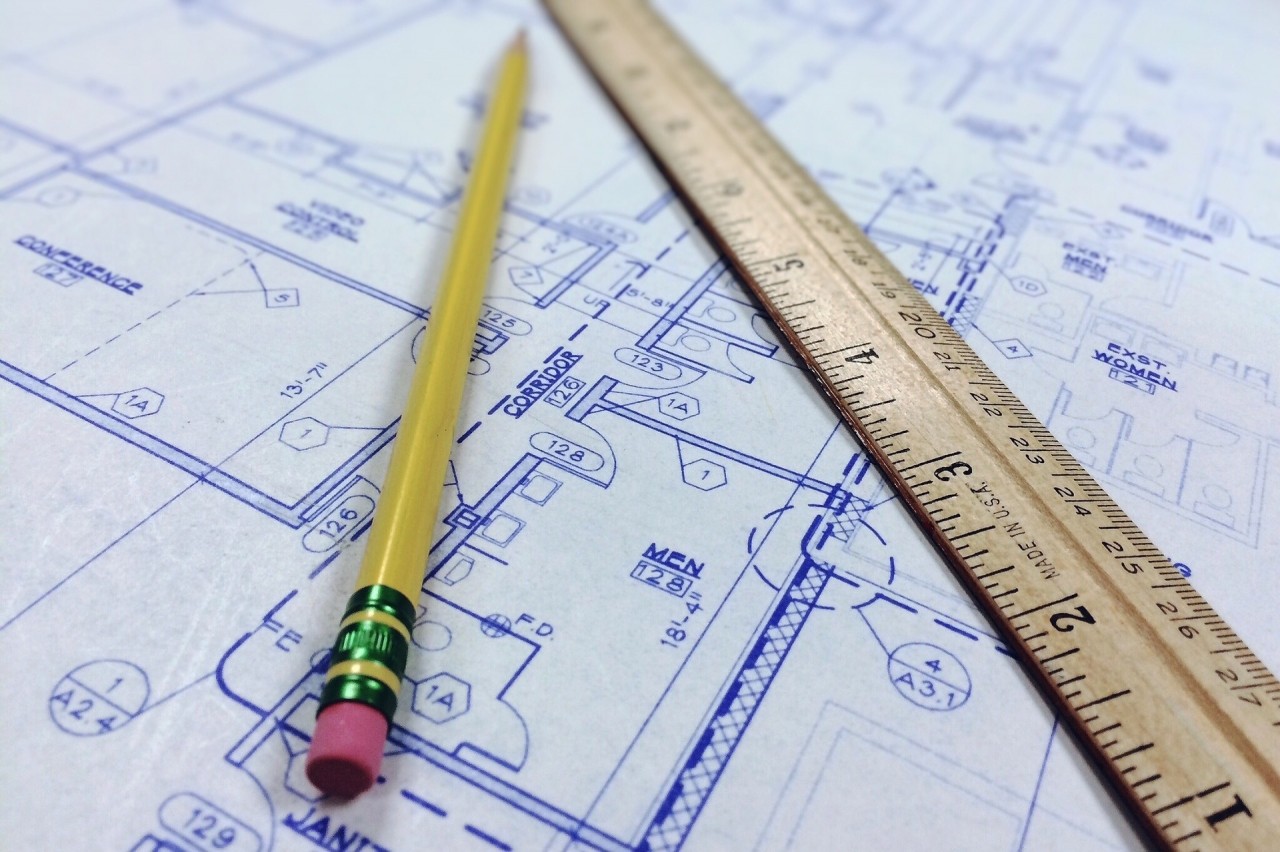When I started working on the SaudiMED Framework project one year ago, I didn’t know that I would be working with all the medical and basic science department supervisors, coordinators, physicians and instructors! The project was intended to align the all course objectives with the SaudiMED competencies, in order to develop blueprints.
To be honest, when I first heard about the “blueprint” concept while working on this project, the only thing that came to my mind was the blue maps and sketches architects use to design buildings. In some ways I was right, as blueprinting – also known as curriculum mapping - has been used in education as the road map to construct exams and tie assessment to learning objectives.
The thing that caught me by surprise is that many physicians don’t believe in the importance of blueprinting! Have they done it? Yes! Do they update their documents and submit them to the exams committee? Yes! Yet, they were doing it because they have to, and not because they agree with the educational value of blueprinting.
In response, I want to offer some background on why I feel blueprinting is essential to curriculum design in medical education:
1) The term “blueprint” is derived from architecture which means a ‘detailed plan of action.’ A blueprint is a map and a plan for a program of assessment which ensures that all aspects of the curriculum and educational domains are covered by assessment programs over a specified period of time (1). Blueprinting simply links learning objectives to assessment, which helps faculty to more effectively align test questions with course content. An assessment blueprint offers a systematic step-wise approach, which includes defining the purpose and scope of the assessment in order to determine content and assessment method (2).
2) We know that assessment drives learning, and although we educators don’t prefer it, students will focus on summative assessment. They tend to focus on the topics that they anticipate being in the assessment as they feel those are the most important. This is the main reason we need to blueprint our curriculum. Taking the time and care to plan what we assess and why - and how the results will be communicated – is a core part of offering the highest quality education to our learners.
3) A well-constructed blueprint provides many advantages to the process of learning and evaluation, including:
- Encouraging content validity, which considers both curricular content and expected learner abilities, which where learners are in their training (3)
- Reducing construct under-representation and construct irrelevance which are two challenges to construct validity (4,5)
- Ensuring that an appropriate range of objectives, content and weightings are addressed when devising specific examination instruments
- Providing a basis for consistency over time
- Providing transparency & accountability to the assessment method
- Assesses faculty communication to learners throughout the learning experience on how and what they should focus on and learn
- Offering practical advantages to everyone involved in the educational experience including course instructors who use it to plan their learning experience, tutors and exam committee who use it for creating assessments, and students who can use it to guide their learning (3)
In summary, I’ve presented some background and evidence for the importance of blueprinting. Thinking back to my question, “To Blueprint or not to Blueprint,” I hope you now agree with me that blueprinting offers high value to our faculty and learners, and is not an option – but a responsibility – that we hold to ourselves, our organization, and our learners.
References
1. Patil, S. Y., Gosavi, M., Bannur, H. B., & Ratnakar, A. (2015). Blueprinting in assessment: A tool to increase the validity of undergraduate written examinations in pathology. International Journal of Applied and Basic Medical Research, 5(Suppl 1), S76.
2. Patel, T., Saurabh, M. K., & Patel, P. (2016). Perceptions of the Use of Blueprinting in a Formative Theory Assessment in Pharmacology Education. Sultan Qaboos University Medical Journal, 16(4), e475.
3. McLaughlin, K., Lemaire, J., & Coderre, S. (2005). Creating a reliable and valid blueprint for the internal medicine clerkship evaluation. Medical Teacher, 27(6), 544-547.
4. Sharma, K., Heda, K., & Sharma, S. (2016). Are we assessing them right? A study on the content validity of undergraduate pathology question papers and role of blueprinting in assessment. International Journal of Research in Medical Sciences, 4(12), 5345-5350.
5. Hamdy, H. (2006). Blueprinting for the assessment of health care professionals. Medical Teacher, 3, 175-179.
Nouf (Nova) Al-Rumaihi

Nouf (Nova) Al-Rumaihi, is a medical educator and academic physician at the King Saud University College of Medicine. She is also a MS in Health Professions Education Student at the MGH Institute of Health Professions. Her areas of professional interest include curriculum and faculty development, assessment, and the use of technology in medical education. You can reach her on Twitter @No0ovatilly.

